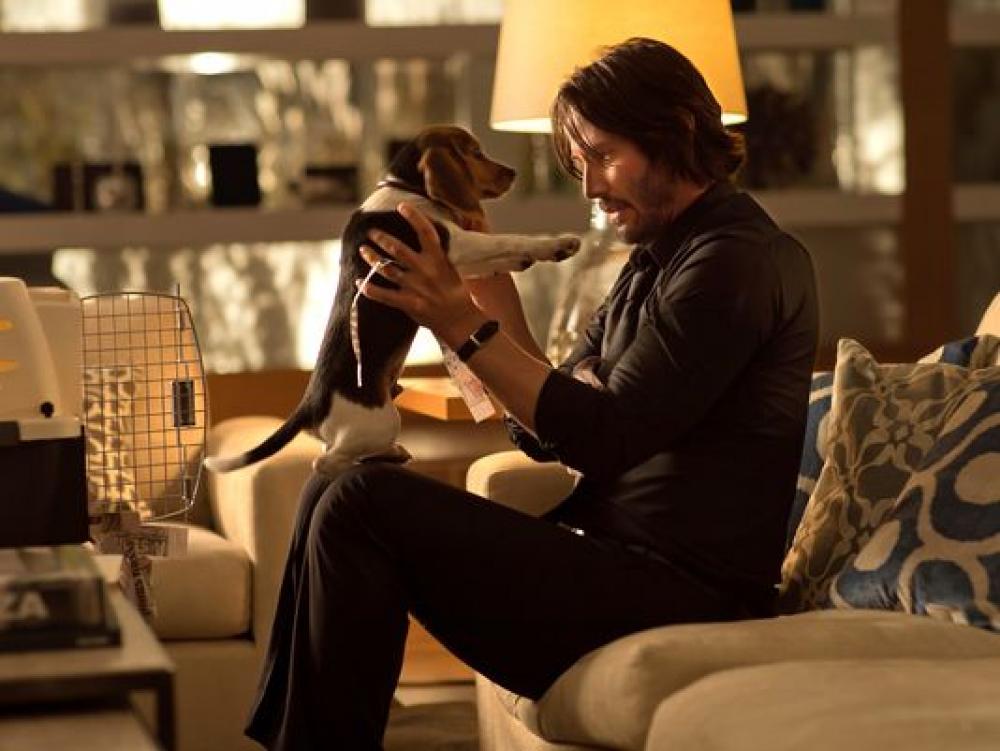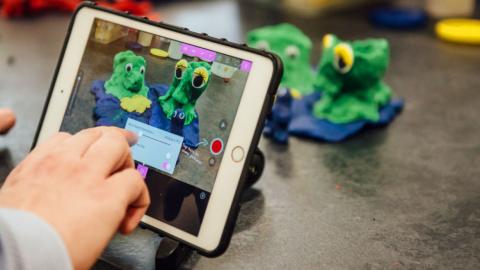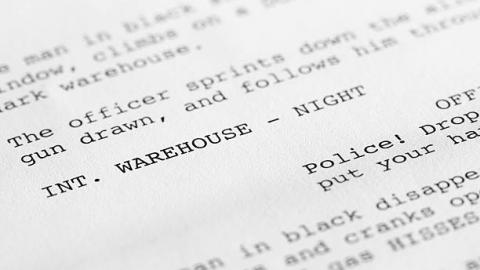Morality Pets: How a TV Trope Humanizes Bad Characters AKA 76 Humans Dying for 1 Puppy
Share with friends

“You can’t let the animals die in a movie . . . only the women.”
“Get my f***ing dog back for me!" screams Woody Harrelson in Seven Psychopaths, a line uttered through clenched teeth. Later he weeps over his kidnapped shih-tzu and we can’t help but feel sorry for him, despite the fact that he's a nasty, violent gangster. This pairing of morally compromised men with adorable pets is trope that movies have indulged for decades. Why? It’s ironic, but more importantly, it humanizes them.
Tv.Tropes.org labels this trick the "Morality Pet." Morality pets serve to make a central character good or, if not good at least something that he or she wouldn't be without the pet. Several recent films employ Morality Pets (in particular dogs) to reveal different sympathetic traits about their owners. When those pets' lives are inevitably put in jeopardy, we find ourselves feeling deep empathy for characters we might otherwise hate.
The Coen Brothers’ Inside Llewyn Davis revolves around the life of Llewyn (Oscar Isaac) a struggling folk singer trying to make a name for himself in 1960s New York City. Llewyn is arrogant and makes self-centered decisions. He is not the most likeable or engaging character, and that's how the Coens want it. His one saving grace is his insistence on saving his friend's escaped cat. Llewyn’s care of the cat makes us like his character enough to stick with him through his banal journey.
In Seven Psychopaths, Charlie is a gangster with such an erratic and dangerous reputation that only a psychopath would dare cross him. Even though he's the closest thing to the film's antagonist, Charlie’s dog-fueled desperation makes him even more irrational than he already is. As he stands in a corner, squeezing the bridge of his nose between his fingers, slowly sobbing over his kidnapped dog, we feel for him. Nothing is more touching than a tough man crying over his missing dog. It's ironic. Stereotypes have conditioned us, whether we like it or not, to automatically pick up on the oddity of seeing a gruff man's man cuddling an animal, especially when that animal is a shih-tzu.
Inside Llewyn Davis shows how a not so exciting character can be made interesting with a morality pet, while Seven Psychopaths shows how a relentless criminal can use one to stir up sympathy. In the most extreme example of the trope, the morality pet is used to justify the actions taken as a result of a its own death.
In John Wick, Wick (Keanu Reeves) gets a beagle from his recently deceased wife, something for him to hold now that she is gone. As Wick cuddles with the beagle pup in bed, it’s easy to forget that he's a retired hitman who has probably killed dozens of people. Our empathy is amped to eleven when a bunch of gangsters violently murder the puppy. We are so angry at what they did that we sit through the film rooting for Wick as he ruthlessly murders 76 people . . . 76! For one puppy! Wick’s morality pet is not just a moral compass for him, but for the audience as well. As soon as the beagle is killed, our ethics, as well as Wick’s, are thrown out the window and we are blinded by the urge to see blood spill.
A tamer version of a morality pet justifying violence appears in The Drop, starring Tom Hardy. Hardy plays Bob, a bartender who handles illegal dealings. One day he finds an abandoned pit bull puppy and decides to help it, becoming very attached to it. When the pit bull is taken, Bob finds himself having to make tough decisions that question his ethics. Here Bob mirrors his morality pet, and in seeking to protect the pup he is trying to protect the innocence that is lost in him. His morality pet is his saving grace, his redemption from a not so admirable life.
As Sam Rockwell’s character Billy explains in Seven Psychopaths, “You can’t let the animals die in a movie . . . only the women.” Director Martin McDonagh found out the hard way that Hollywood will not back a film where the pet dies unless its death is absolutely necessary. But his little jab at the industry is more than just Hollywood’s idea of what should and should not be distributed in theaters. Our society today values the life of adorable animals. They are put on a pedestal alongside babies. Would you mind the murder of 76 people if they had something to do with the killing of an innocent baby?
Morality pets, just like babies, represent innocence, a state of being that we seek to protect and nurture. When the innocent are paired with the guilty, protected by them, we get an intriguing combination that manipulates us to look more favorably on the damned. Sure characters like John Wick are entertaining to watch, but transport them into the real world and you’ve got murderous sociopaths. But just because we enjoy seeing dozens die because of the death of one puppy, doesn’t mean it’s twisting our sense of morality in our everyday lives . . . right?




